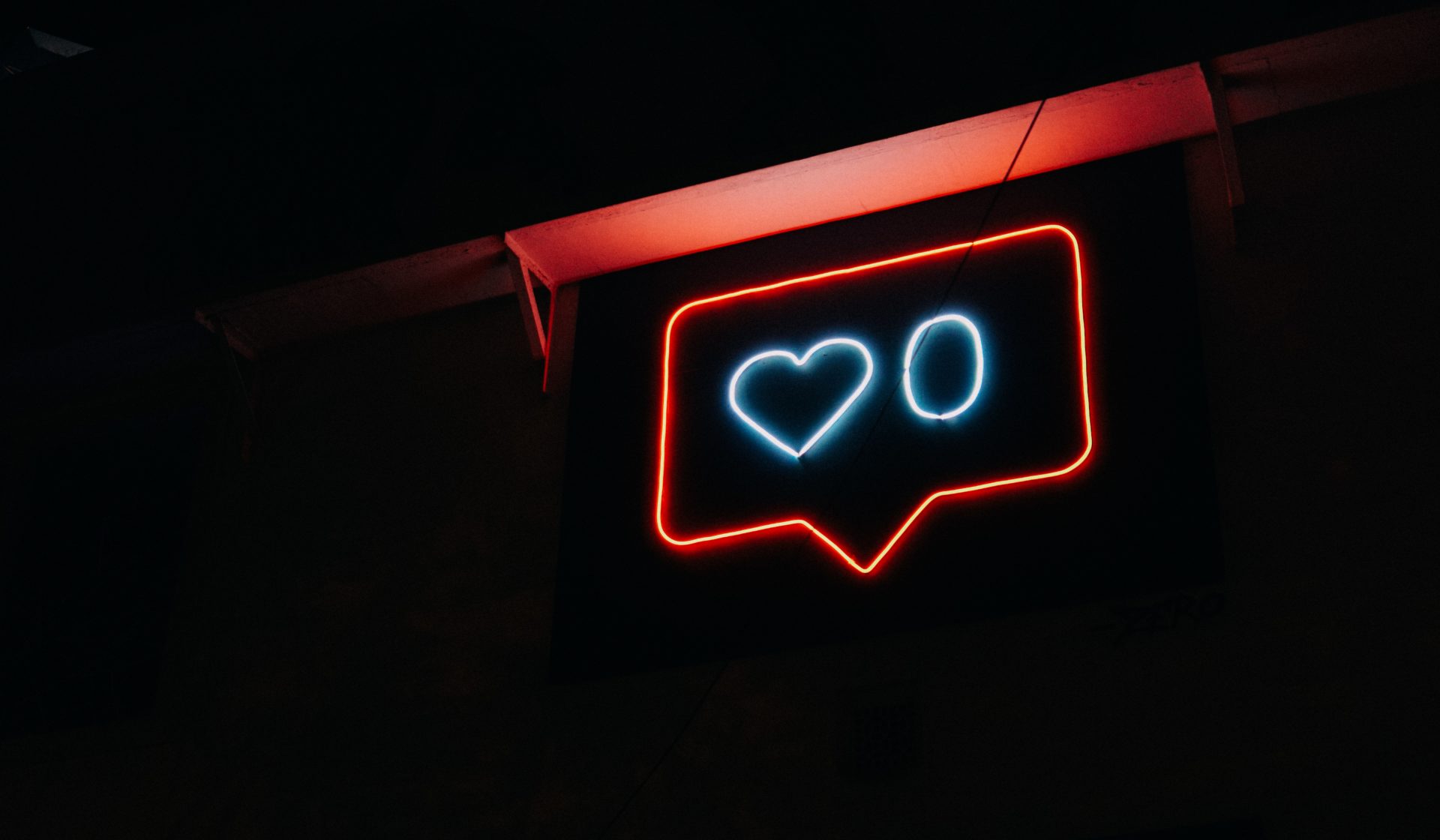How do ‘likes’ affect our brain?
It’s no secret that many users view likes as a form of social currency.
Research has shown that increased engagement and attention in virtual spaces leads to raised dopamine levels – you know, the happy chemical in your brain that’s released after a great workout or that first bite of pizza.
However, a burst of dopamine triggered by social media notifications is fleeting. The psychological high lasts just a few moments before we want more, affecting our brains in a similar way to addictive substances like drugs, alcohol, and gambling.
The nature of this brain-rewards system leads to a vicious cycle of returning online to seek more instant gratification, but placing too much value on the amount of attention that posts receive has been proven as mentally damaging.
Numerous studies have linked high levels of social media use to anxiety, depression, and issues with self-esteem. Users even admit to deleting posts when they don’t get enough attention – even if they thought the post was good before it went online.
In short, a lot of people care about ‘likes.’
What has the response been?
Some are critical of the feature’s implementation, questioning Instagram’s decision to not remove likes altogether. They argue that social media companies are still absolving themselves of the responsibility they have to protect users from negative experiences.
Personally, I like the idea that users have the option to stop seeing like counts across social media platforms – especially if this is a feature of the app that causes them stress on a daily basis.
Allowing users make their own decision about whether or not to view likes could be rooted in the fact that many businesses and content creators find it useful to monitor engagement rates on their posts.
It is positive to see social media companies take a step (admittedly, a small one) towards fixing potentially detrimental features of the user experience.
In the meantime, those of us engaging online will have to regulate own behaviours, know when to put the phone down, and remember that social media isn’t an entirely accurate depiction of real life.
If likes are partly to blame for social media stress, it’s comforting to know that users now have the choice to ignore them altogether.





















